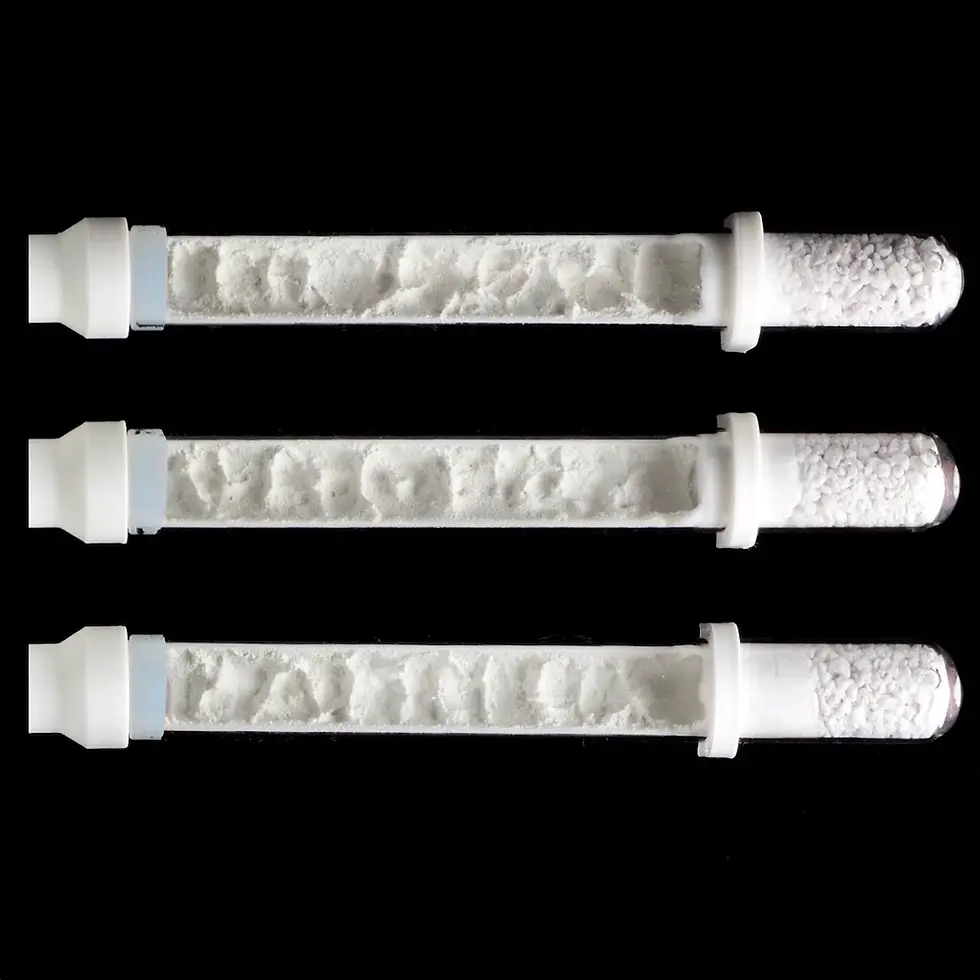Formicarium Shop
(also called as Ant Farm, Ant Nest or Housing)
Need help selecting the right formicarium for your ant colony?
Success starts with understanding two critical factors: proper sizing for your species and hydration management. Our Canadian-made formicaria feature hybrid designs and diverse options that make both easy to manage.
Below, you will find resources and more details that every ant keeper needs to know - plus how to get expert help when you need it. New to ant keeping? Don't worry - we're here to guide you every step of the way.
Why Formicarium Hydration Matters
Before using your ant formicarium, read the "Ant Formicarium Hydration Guide" and the "Hybrid Formicaria Gen & Class" explanation page. These will help you understand the basics of water transport in air and porous substrates, as well as the hybrid design concept behind our formicaria. You may also find our "Formicarium and insert cleaning guide" helpful.
One of the biggest challenges in ant-keeping is understanding proper formicarium hydration. In a nest, hydration mechanisms regulate moisture levels in the air and surrounding walls—not necessarily for drinking, but to maintain ambient humidity. In nature, ants primarily obtain water from early morning condensation or rain droplets collected on surfaces. They rarely drink from puddles or open water, which can pose drowning risks. In the hobby, hydration is offered in the outworld—often using small dishes with soaked sponge or cotton for founding queens or small species. For mature colonies, liquid feeders can provide consistent access to fresh, clean water.
Tips: If it looks wet, it is too humid. Distilled water is essential to prevent mineral buildup over time.
If you have any questions or need help with your formicarium, email us at info@poramorart.ca or use the live chat and contact info page.
What is a formicarium (Ant Farm)?
A formicarium, also known as an ant farm, ant habitat, ant nest or ant housing, is an enclosed area for keeping and raising queen ants or ant colonies for observation or research. This means a formicarium falls under the category of a vivarium, which is used to observe and study a living being.
The classic ant farm concept was born in the 1950s; its the main reason why its often called ‘ant farm’ instead of formicarium, the design uses two parallel glass (or acrylic) panels filled with sand, letting ants dig tunnels while foraging above-ground in a compact, all-in-one setup.
In the ant-keeping hobby, the formicarium area is assigned for nesting or direct housing ants, while the outworld area is for foraging. Nowadays, we have much more specialized equipment.
Our formicaria are designed and made in Canada. Such features a hybrid concept, which means each formicarium has a mix of materials like plastic, mineral substrate, glass, adhesives and powerful magnets; while using each material's advantages. The ants are mainly in contact with an absorbent substrate layer; such helps distribute and retain humidity for extended periods. As a result, they require very little water to stay hydrated.
When choosing a formicarium, select the ant housing that is the right size for your ant colony. An ant formicarium that is too large for your colony can stress your tiny companions, or they will start using the extra space to store their waste and possibly have a mould outbreak. It is better to gradually increase nest space and expand the area instead of starting with the biggest formicarium. Keep in mind that having a modular format also allows removing, replacing, or maintaining only the areas that need it.
Ant nests come in all shapes and sizes with different features that might be ideal for certain species. We suggest you research the requirements of the species you'd like to house in your formicarium first and shop for their home once you've decided on the colony. For example, some ant species need a lot of humidity, and such may be hard to obtain inside a test tube setup; using a founding nest with the capacity to have a wet substrate may be ideal.
TIP: If you are looking for the most cost-efficient and straightforward formicarium for a small ant colony? Look at the "Refillable Test Tube Formicarium - Mini Nest Setup" or any test tube-based design. It is small and simple, including a tubing adapter and accessories that connect it to other hardware. Best of all, interconnecting our test tube setups is easy and can be done with adapters or test tube ports. Easy gradual expandability is key in ant keeping.
Fun fact: The plural of formicarium is formicaria, not "formicariums" as many people (including us) initially assumed. It follows the traditional Latin pluralization rules, similar to how aquarium becomes aquaria and terrarium becomes terraria.















